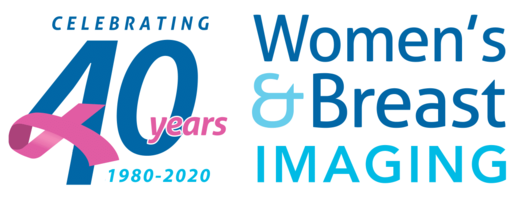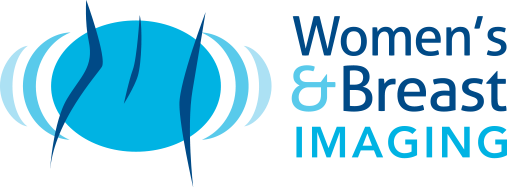Women’s & Breast Imaging Privacy Policy
This privacy policy is based on the amended Privacy Act 1988 with the Australian Privacy Principles 2014.
Privacy and Health Care
Most people consider their health information to be highly personal, and want their privacy respected whenever they use a health service. Women’s & Breast Imaging offers privacy protection and choice to patients, while balancing this with the need for health service providers to share information, where necessary, for the provision of quality health care.
The Privacy Amendment (Private Sector) Act 2000
The legislation delivers 10 National Privacy Principles (NPP’s) which form the core of the private sector provisions and set the minimum standards for privacy in the private health sector. These principals have been adopted by Women’s & Breast Imaging.
The broad headings for the NPP’s are as follows
- Collection– Women’s & Breast Imaging will collect health information only with consent, and will collect only information necessary to provide the service required.
When Women’s & Breast Imaging collects the information directly from the patient during a consultation, it will be reasonable to consider that consent is implied – as long as it is clear to the patient what information is being recorded and why. - Use and Disclosure– Once collected, health information can be used by Women’s & Breast Imaging or disclosed to third parties outside Women’s & Breast Imaging, in accordance with professional codes of practice. Women’s & Breast Imaging will only use or disclose information for the purpose it was collected, or if the secondary purpose is related to the primary purpose, and a person would reasonably expect such a disclosure.
- Data Quality– Women’s & Breast Imaging has set standards for keeping personal information up-to-date, accurate and complete.
- Data Security– Women’s & Breast Imaging has set standards to protect personal information, securing it from loss, misuse and unauthorised access. Further, Women’s & Breast Imaging will destroy or permanently de-identify personal information if it is no longer needed to be used or disclosed under N PP 2.
- Openness– Women’s & Breast Imaging patient health information, is handled as is outlined in all principals of this document. On request by a patient, Women’s & Breast Imaging will take reasonable steps to let the person know, generally, what sort of personal information it holds, for what purposes, and how it collects, holds, uses and discloses that information.
- Access and Correction– Women’s & Breast Imaging patients reserve the right of access to their own health records, and a right to have information corrected, if it is inaccurate, incomplete or out of date.
- Identifiers– Women’s & Breast Imaging agrees to limit the use of Commonwealth government identifies (such as Medicare number or Veterans Affairs number) to the purposes for which they were issued.
- Anonymity– Where lawful and practicable, Women’s & Breast Imaging patients have the option of using health services without identifying themselves.
- Transborder data flows– Women’s & Breast Imaging may transfer personal information about an individual to a third party who is in a foreign country in accordance with the national codes of practice (see NPP9 in the Privacy Amendment (Private Sector) Act 2000 as at 10/01/02). Women’s & Breast Imaging will take reasonable steps to ensure that the information transferred, will not be held, used or disclosed by the recipient of the information inconsistently with the NPP.
- Sensitive information– Women’s & Breast Imaging will not collect sensitive information about an individual unless the individual consents, the information is required by law or the collection is necessary to prevent or lessen a serious and imminent threat to the life or health of the individual in certain circumstances.
A full description of these NPP’s is available from the following link http://www.austlii.edu.au/au/legis/cth/consol_act/pa1988108/sch3.html
Access
The general right of access a patient has to their information relates only to their own health records. Access can occur in a number of different ways. A patient may:
- Look at the information and talk through the contents with the Women’s & Breast Imaging radiographer or radiologist.
- Obtain a copy of the information (for example, a photocopy of paper records, or a copy of an x-ray) or take notes about the content.
- Obtain a print-out of information stored in the Breast Imaging computer system.
Complaints
Complaints about alleged breaches of privacy can be made to the Federal Privacy Commissioner. The Commissioner can investigate, conciliate and, if necessary, make determinations about complaints.

